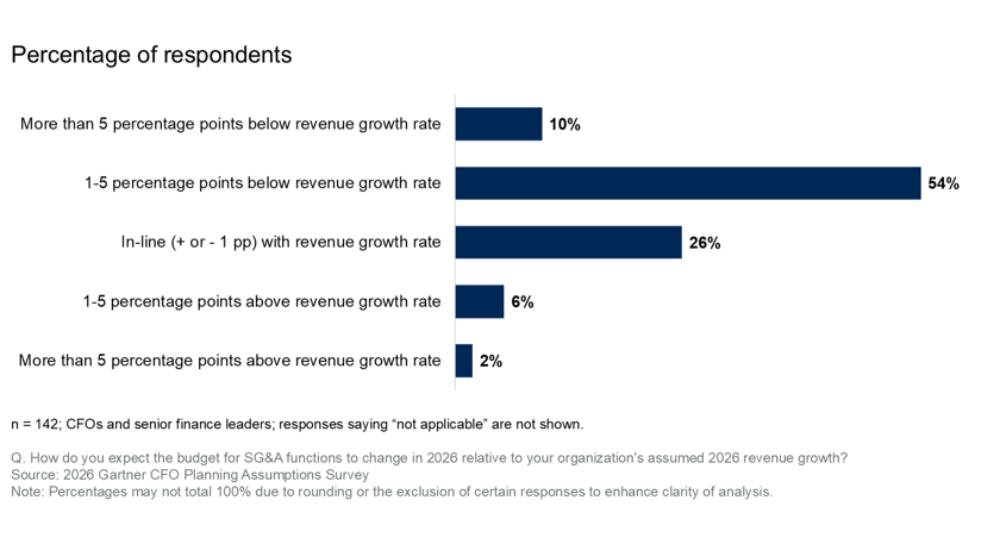As members and rail companies within the GCC move towards the future, what can they do to further optimise networks and enhance customer experience? GCC members, in particular UAE, have highlighted their aspirations to move towards a more digital environment and, indeed, the answer lies in data.
Used in the right way, the data available across rail networks will help maximise resources, provide clear visibility into operations, and move GCC rail companies towards realising the full potential of an integrated next generation network.
Historically, countries within the GCC have been heavily reliant on oil and gas resources but are now undertaking a strategic programme of development and investment on infrastructure to link the region with heavy rail networks.
Saudi Arabia is the most advanced of the GCC members in heavy rail, followed by UAE, but GCC members are also adding focus to passenger services. Dubai already has a strong light rail metro and Saudi Arabia has six new metro lines shortly coming on line. Metro is also being considered or developed in Doha, Qatar and Abu Dhabi, UAE.
Investment in infrastructure and engineering includes laying tracks, purchasing rolling stock and installing the very latest digital automated signalling systems. Indeed, there is a lot of cutting-edge technology being installed with Saudi Arabia having the longest running level 2 ERTMS signalling system in the world. But why is this not enough?
The problem is that, while there is huge investment in infrastructure and engineering, the heavy rail networks are still running on legacy operational systems with phone and email central to communication. This results in cumbersome processes, heavily reliant on people to harvest and react to information, leaving services prone to issues and delays when quick decisions are needed to manage events or incidents outside of planned operations.
Currently, when an event occurs, a phone call is made to the control centre. The response to the situation is always safety focused but depends on the workload and experience of the on-shift control operators, resulting in varying quality outcomes. Processes are manual and when under stress might be conflicting or confusing. This can slow reaction times and deliver less than ideal business responses.
Single source of truth
A single, collaborative data platform would look at all aspects of operations and link all stakeholders with a single source of truth, reflecting the real status of the network. Using such a platform, strategic and tactical control of operations would be strengthened, train and crew resources managed more efficiently, network capacity maximised, and downtime and the impact of incidents minimised.
Live business intelligence would give a high degree of visibility of operations to all stakeholders and collaboratively enable more informed business decisions to be made.
For example, by making what appears to be a counter intuitive decision to delay the departure of a freight service, a conflict with an express passenger train will be avoided in a single section of track several hundred kilometres away and several hours downline. Collectively, such decisions will help maximise network running capacity and keep services moving.
As well as optimising running services, a collaborative digital planning tool will allow for number of what if scenarios to be modelled. For example, how would maintenance regimes be best adjusted to remove line speed restrictions?
What would the effect be of doubling a single section of track? This level of digital planning will be invaluable when creating new capacity around existing traffic flows and a unified data platform will make easy work of what currently is very challenging to achieve through manual planning techniques.
By developing a highly efficient rail network, GCC countries will also support ambitions to exploit other natural resources and further diversify their economies. Such a network, with key strategic rail flows, will support internal markets such as cement and steel and offer a more environmentally friendly solution to the thousands of lorry movements that currently take place.
Collaborative data platform
An enterprise-grade, collaborative data platform will serve all stakeholders. It will not only provide vertical integration to the departments within an organisation, but also horizontal integration into the wider supply chain, extending the opportunity to improve productivity and reduce running cost to all stakeholders.
Because each aspect of the operation will be closely monitored and recorded, it will offer the opportunity to improve quality of service. Trends and anomalies will easily be identified, which will in turn drive competency and training requirements for staff, providing a structured framework to upskill the workforce.
The safety regime will be greatly enhanced, as all processes and activities will be recorded and any deviation from a safe method of work easily identified. Incidents and actions will be recorded and as a result, a clear audit trail of events will be available for scrutiny and investigation.
Service level agreements between collaborating partners will become more transparent and supply chain issues more easily rectified given all stakeholders will be receiving the same business intelligence.
A fully digitalised rail network will offer end-to-end visibility and control of goods as they are transported, and any incidents will immediately be visible to key stakeholders and enable a prompt reaction and controlled resolution.
Enhanced telemetry data from running services could enable a switch from time based to a condition-based maintenance regime, ensuring greater reliability, reducing costs and increasing availability, by maintaining assets only when needed.
Digitally recording the movement of every train will allow all services to be compared against an ideal baseline and will provide complete visibility of how teams and individuals perform. By tying this data into a competency system, it will allow for targeted support and training, to help develop better working habits that are safer, more efficient, economic and eco-friendly.
The platform would also tie in staff rosters, enabling crews to be deployed efficiently while ensuring staff have the right skills and are compliant with health and safety regulations and guidelines.
Rail networks are complex and there are always going to be unforeseen events. A comprehensive, collaborative data platform offers a way to ensure the impact of events is minimised, services are optimised, and new opportunities more readily identified.
Manual, paper-based activities would be replaced by instant analytics and complete visibility into the network though real-time dashboards and reporting, that would empower operators to make more informed decisions and increase the economic potential of rail infrastructure.
All elements of the network, including planning, response to events, capacity, crew rostering and training would be tied together. What if scenario planning would become easy to achieve and investments focussed to produce the greatest potential for growth.
As GCC members look to digitalisation and data as key strategic assets, a fully integrated data platform will bring data, people, and processes together to optimise operational efficiency, customer experiences, and profitability. Ultimately, this future vision of a fully digitalised rail network would enable GCC members to make the most of the natural resources and give the potential to drive growth through multiple areas of their economies.
KEY TAKEAWAYS
- Rail networks are complex and there are always going to be unforeseen events.
- A comprehensive data platform offers a way to ensure the impact of events is minimised.
- Saudi Arabia is the most advanced of GCC members in heavy rail, followed by UAE.
- Heavy rail networks are still running on legacy operational systems with phone and email central to communication.
- Processes are manual and when under stress might be conflicting or confusing.
- Live business intelligence would give a high degree of visibility of operations.
- A collaborative digital planning tool will allow for number of what if scenarios to be modelled.
Data available across rail networks will help maximise resources, provide visibility, move towards potential of integrated next generation networks.





